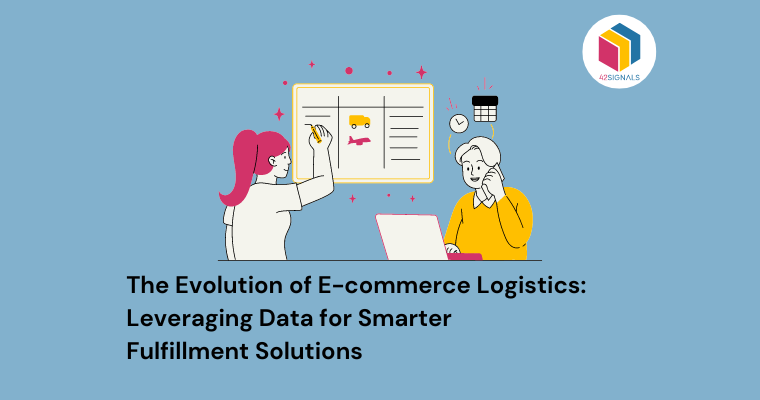Understanding Price Trackers
Price trackers are web applications or browser extensions designed to monitor product prices across various websites automatically. By analyzing pricing data from multiple sources, these tools offer actionable insights to help businesses make informed decisions about their pricing strategy. With real-time updates and historical trend analysis, price trackers enable e-commerce sellers to keep tabs on competitors while optimizing profitability.
Image Source: Lifehacker
Setting Up a Price Tracker
To start using a price tracker, follow these steps:
- Choose a reliable price tracking tool: Research different options available, considering factors like ease of use, compatibility with your sales platform (e.g., Shopify, WooCommerce), accuracy, and customer support. 42Signals is a great e-commerce analytics platform that provides in-depth and accurate price tracking data.
- Create an account: Sign up for the chosen service, often through email registration or social media integration. This step typically involves providing basic information about yourself and your business.
- Add products to monitor: Input the URLs of items you want to track or import them directly from your online store inventory management system if supported by the price tracker. You may also specify custom alerts based on desired price points or percentage changes.
- Analyze data and adjust pricing: Regularly review the collected data, looking for patterns and opportunities. Adjust your pricing accordingly to remain competitive without compromising margins.
Strategies for Leveraging Price Trackers
- Monitor Competitors’ Prices
Image Source: Dealavo
Stay updated on rival brands’ pricing tactics by monitoring their listings. Identify any significant shifts in competitor pricing and adapt yours to maintain a strong position in the market. Be cautious not to engage in destructive pricing wars that could harm everyone involved.
- Optimize Profit Margins
Use price trackers to identify optimal selling prices based on historical data and current market conditions. Determine the minimum acceptable price point for each product to ensure profitability while staying competitive.
- Anticipate Market Trends
Track price fluctuations over time to spot emerging trends and capitalize on them early. For instance, if certain products experience consistent price increases, consider stocking up on similar items before they become popular and more expensive.
- Set Custom Alerts
Most price trackers allow users to set personalized alerts for specific events, such as when a competitor lowers its price below a predefined threshold or when a particular item goes out of stock elsewhere. These alerts help inform strategic decision-making and enable quick reactions to changing market dynamics.
- Analyze Customer Reviews
Some advanced price trackers, like 42Signals, also aggregate customer reviews from various platforms, offering additional insights into product quality and consumer preferences. Utilize this information to improve your offerings, address common issues, and enhance overall customer satisfaction.
Conclusion
Employing price trackers is essential for modern e-commerce businesses. These steps and tools can get you closer to your goals of establishing online dominance.
If you’re interested in a price tracker platform, schedule a demo with us today.




